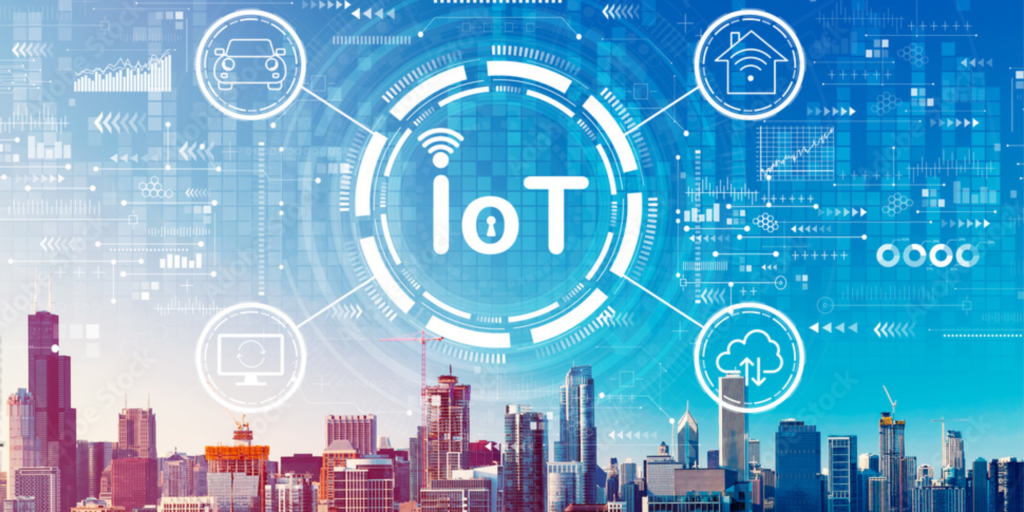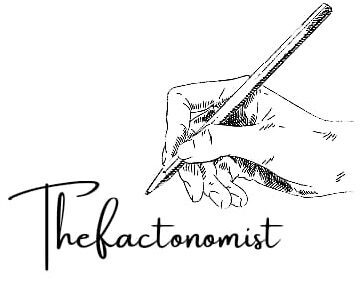
A Gateway to a Smarter Future:
Introduction:
In the era of digital transformation, the Internet of Things (IoT) has emerged as a groundbreaking technology, revolutionizing the way we interact with the world around us. IoT has become a ubiquitous presence, connecting devices, sensors, and systems to create a seamless network of information. This blog explores the transformative potential of IoT and its impact on various aspects of our lives.
The Foundation of IoT:
At its core, IoT is a network of interconnected devices that communicate and share data with each other over the internet. These devices, equipped with sensors and actuators, collect and exchange information, creating a web of smart, responsive systems. This connectivity extends beyond traditional computing devices to include everyday objects such as household appliances, vehicles, and industrial machinery.
IoT in Everyday Life:
One of the most tangible impacts of IoT is evident in our daily lives. Smart homes, equipped with connected devices, offer convenience and efficiency. From thermostats that learn our preferences to refrigerators that alert us when we’re running low on groceries, IoT enhances our living spaces, making them more intelligent and responsive.
Healthcare Revolution:
In the healthcare sector, IoT plays a pivotal role in remote patient monitoring, wearable health devices, and smart medical equipment. These innovations not only improve patient outcomes but also enable healthcare providers to deliver more personalized and efficient care.
Smart Cities for a Sustainable Future:
IoT is a key driver in the development of smart cities. By integrating data from various sources, cities can optimize traffic flow, reduce energy consumption, and enhance public safety. Smart infrastructure, such as intelligent transportation systems and energy-efficient buildings, contributes to a more sustainable and livable urban environment.
Industrial IoT (IIoT) and Industry 4.0:
In the industrial landscape, IoT has given rise to the concept of Industry 4.0. Connected machines and systems in factories enable real-time monitoring, predictive maintenance, and efficient production processes. The result is increased productivity, reduced downtime, and improved overall efficiency.
Challenges and Concerns:
While the potential benefits of IoT are vast, there are also challenges and concerns that need to be addressed. Security and privacy issues, interoperability of devices, and the sheer volume of data generated are among the key considerations. As IoT continues to evolve, it is crucial to implement robust security measures and standards to safeguard against potential threats.
The Future of IoT:
The journey of IoT is still in its early stages, and the future holds even more exciting possibilities. Edge computing, 5G connectivity, and advancements in artificial intelligence are set to further propel the capabilities of IoT. As the technology matures, we can anticipate a more interconnected world, with IoT becoming an integral part of our daily routines and industries.
Conclusion:
The Internet of Things is reshaping the way we live, work, and interact with our surroundings. From smart homes to connected cities, IoT is driving innovation and efficiency across diverse sectors. As we navigate the challenges and opportunities presented by this transformative technology, the future promises a more connected, intelligent, and responsive world. Embracing the potential of IoT is not just a technological evolution but a gateway to a smarter and more interconnected future

